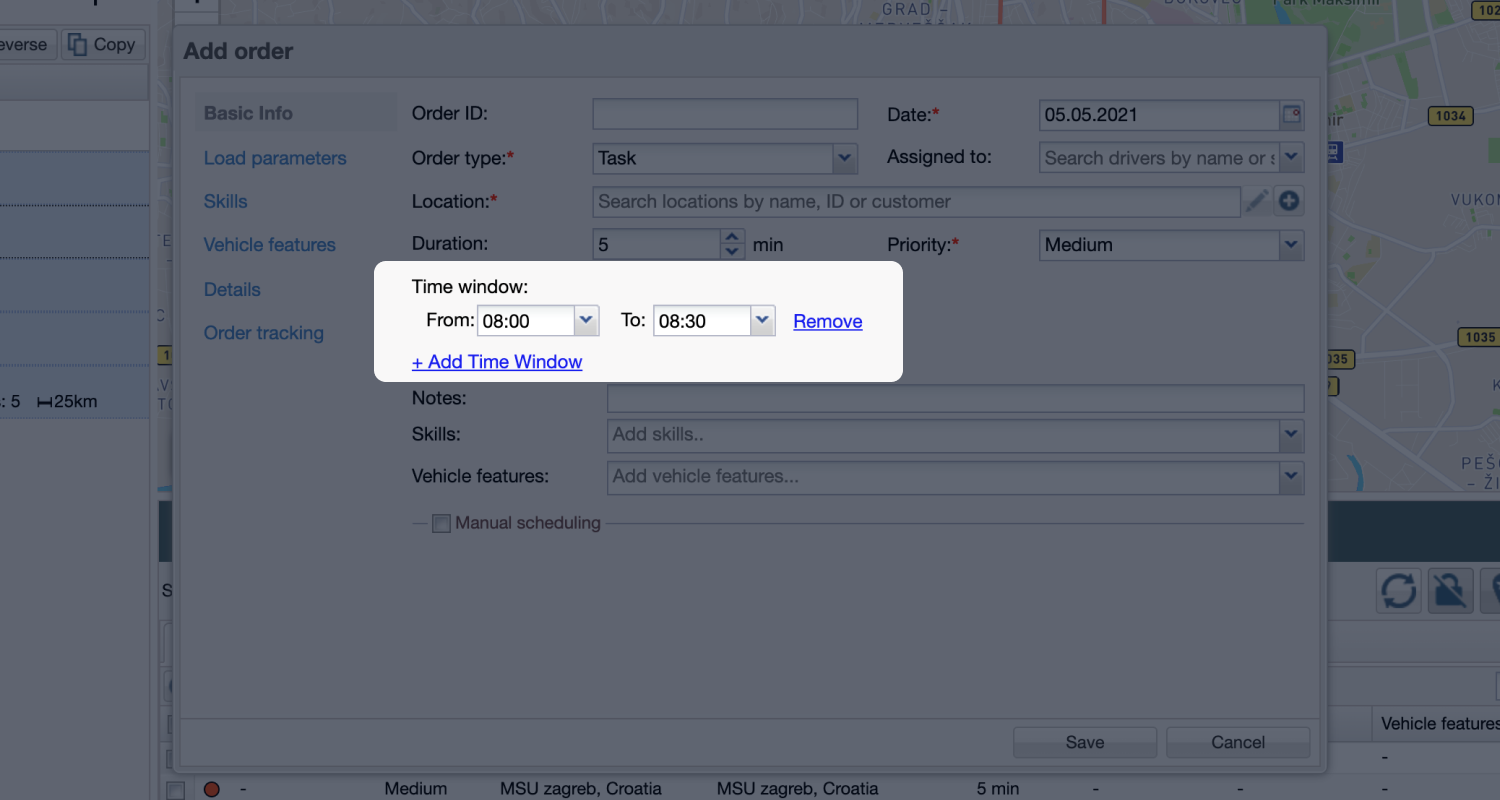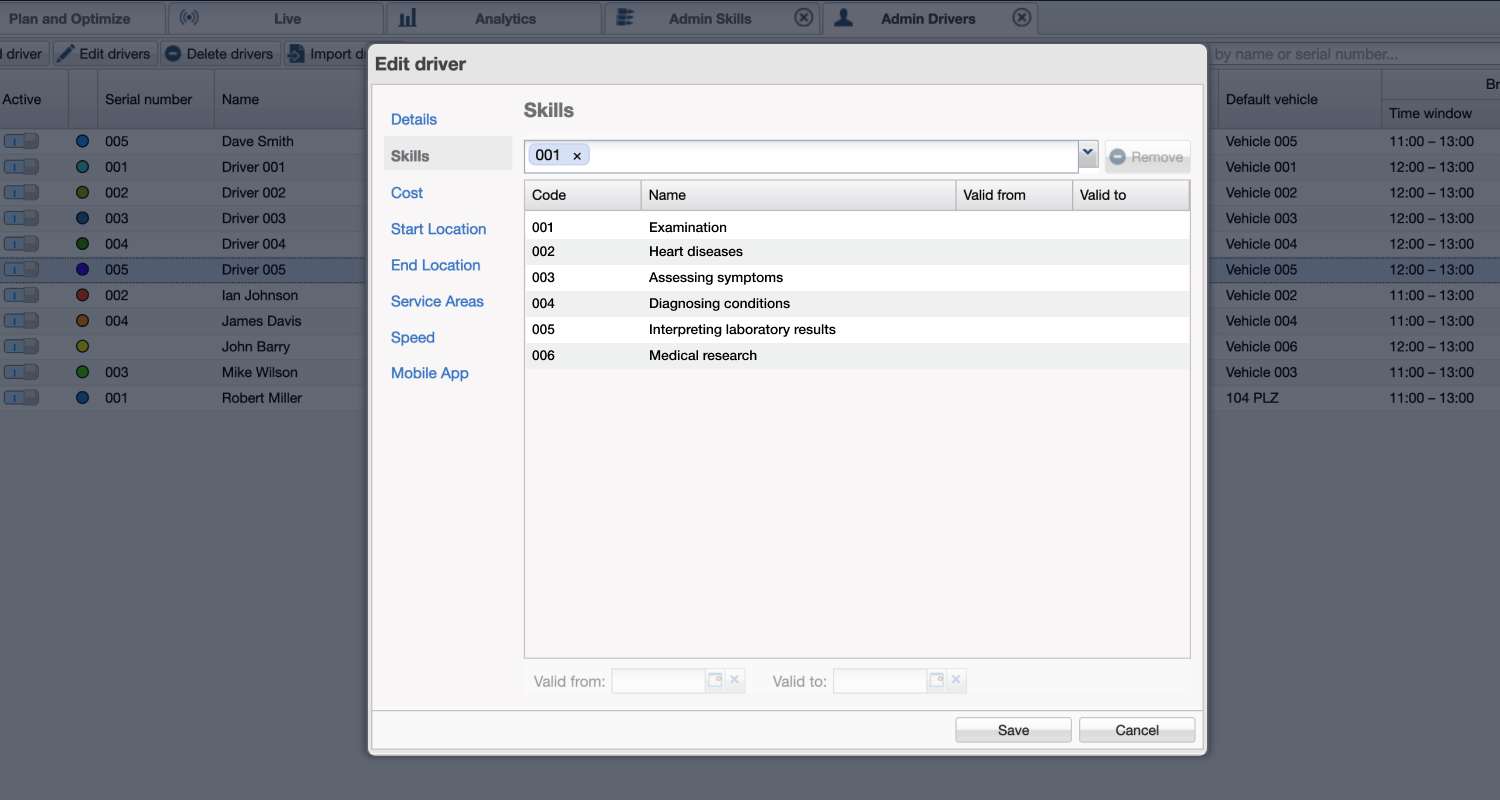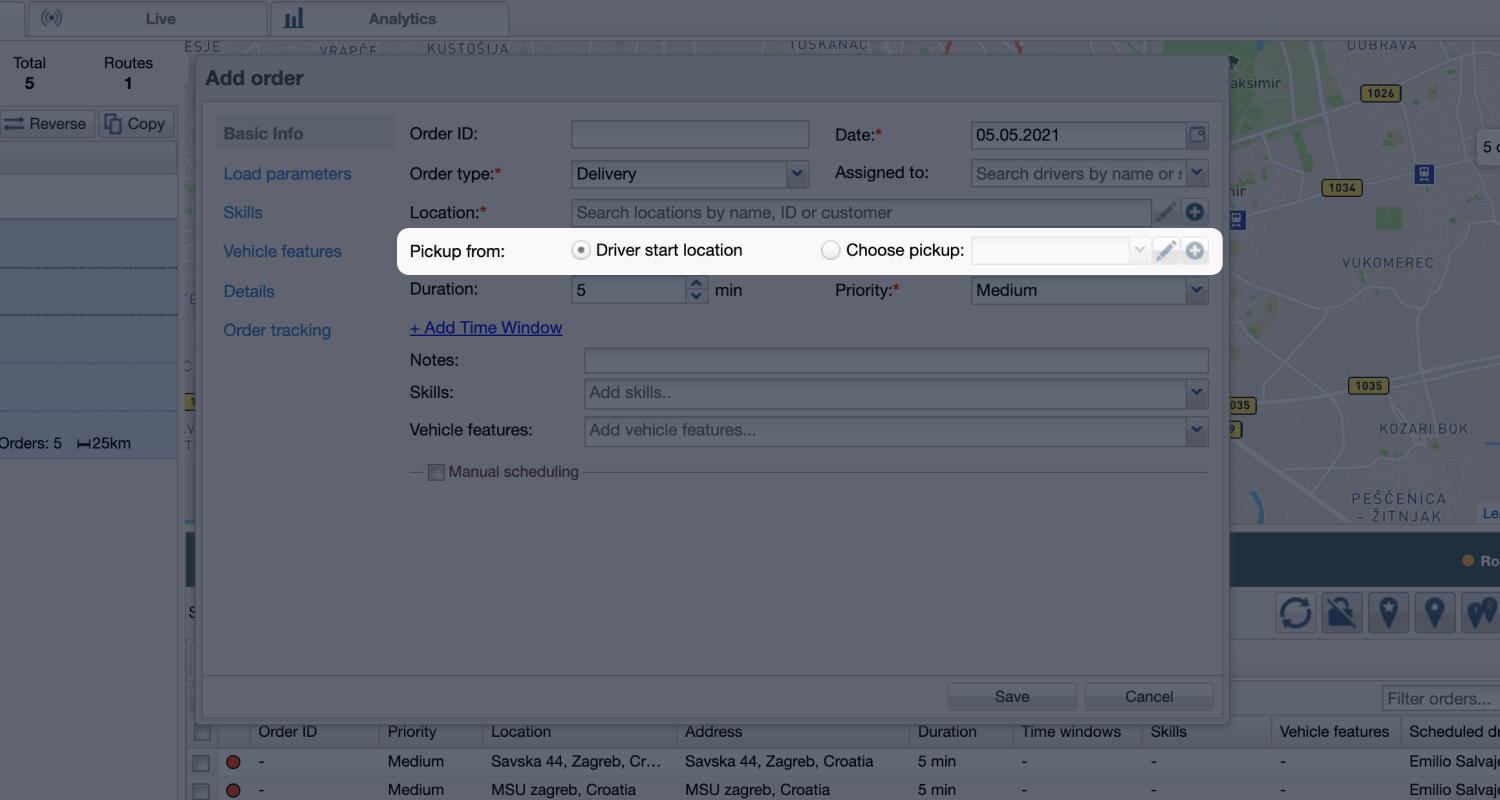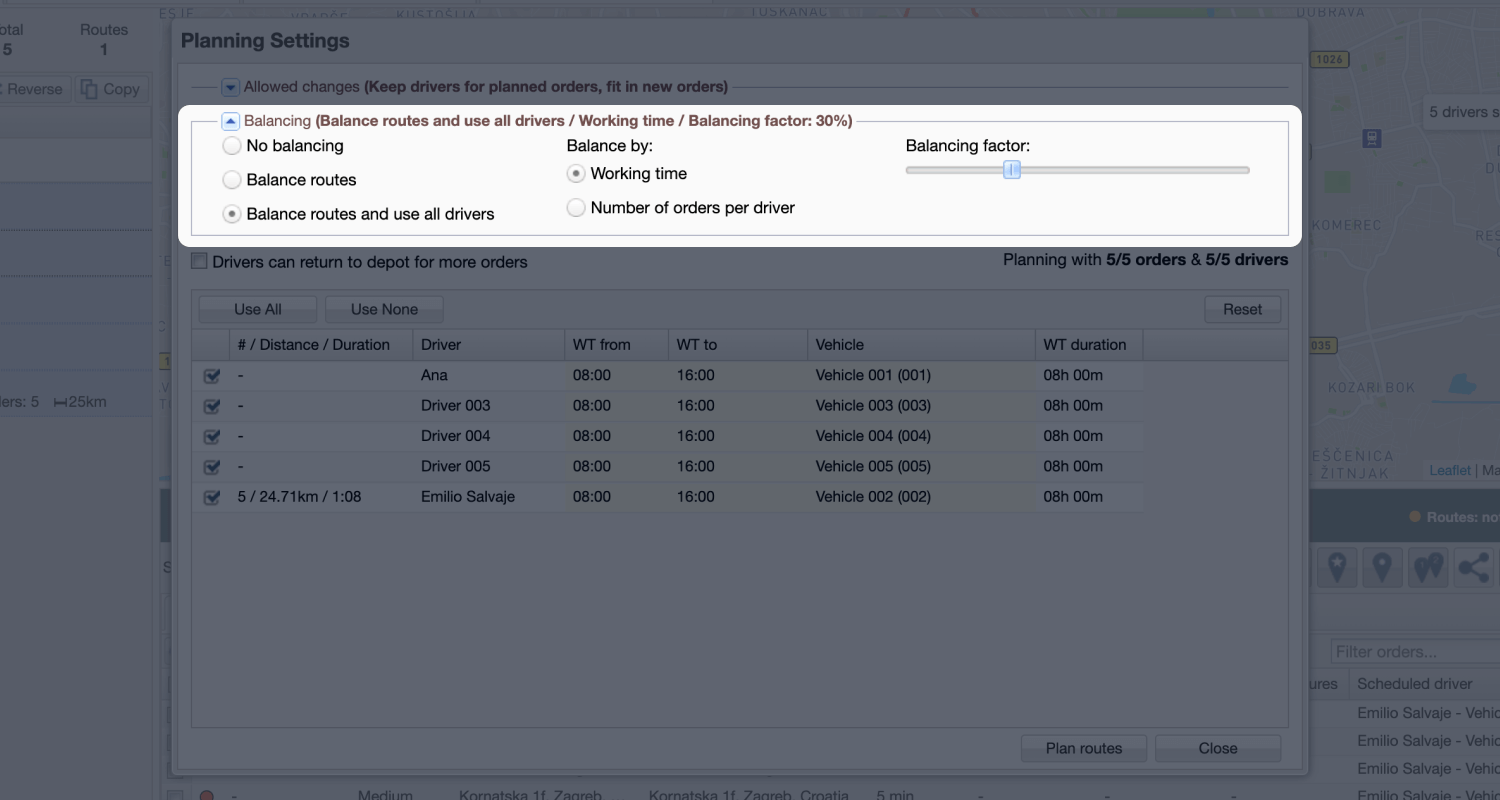How to Optimize Home Health Scheduling
6 min read

The Bureau of Labor Statistics predicts that “employment of home health and personal care aides is projected to grow 33 percent from 2020 to 2030.” As demand for home health care increases, health care providers will need to find ways to keep up.
Home care scheduling will become even more important as it will enable care teams to support more patients without massively increasing their staffing numbers. Today, home health care providers can operate more efficiently and care for more patients if they use tools and technology to optimize their service provision and help with scheduling and routing.
Jump ahead to the section that interests you most:
- Scheduling & Routing: The Keys to Optimize Home Health Care
- How to Optimize Home Health Scheduling in 10 Steps
- Streamline Home Health Care With OptimoRoute
Scheduling & Routing: The Keys to Optimize Home Health Care
To provide quality care at home and optimize the experience for both patients and care providers, you need to combine scheduling and routing to provide the most efficient service.
Home care scheduling is important because it ensures you provide high-quality care and give patients and their families the best possible experience. Scheduling home care visits means patients and their families know what to expect from their care program and can plan accordingly. A detailed route and schedule also improve operational efficiency because your home health aides (HHAs) can spend more time visiting patients and less traveling between visits.
Home care schedulers match caregivers to patients based on:
- Existing patient relationships: Have they treated this patient before? Continuity of care providers can be reassuring for patients with long-term care requirements.
- Caregiver availability: Do they work full-time or part-time? 40% of home care workers are part-time workers, so schedulers need to balance worker availability with patient needs.
- Employee skillset: Does this HHA have the qualifications to provide the care this patient requires? Some home visits may require specialist qualifications if patients have more complex needs.
Routing is the second step in optimizing home health care. You should also create schedules for their health care providers that give them the optimal route for their patient visits each day. Planning the routes for all your home visits aims to minimize travel time or time stuck in traffic so HHAs can spend more time providing patient care.
Routing means you can serve more patients with the same number of home care providers by improving operational efficiency. Scheduling and routing software will help schedulers strengthen their field service management and plan out the most efficient care routes for their whole team.
How to Optimize Home Health Scheduling in 10 Steps
Home health care services can streamline their scheduling and routing by using software to take away lots of the manual work required to plan and create staff schedules. These ten steps will help your care team improve efficiency when planning patient visits in their homes.
1. Automate schedule planning to incorporate important criteria
Your staff schedule needs to take into account many different criteria:
- The daily and weekly staff rota, especially as many employees likely work part-time or irregular shift patterns.
- Employee location: do they start their routes from home or your office?
- Patient location
- Specific medical and personal care requirements for each patient
- Personal preferences of each patient for their care provider—for example, if a female patient prefers a female HHA for personal care.
Consider all these criteria as you’re planning the schedule and match care providers to patients based on skills and availability.
2. Customize tradeoffs for the optimization engine
In an ideal world, you’d be able to create the perfect schedule every day. But in reality, you have to compromise sometimes—when caregivers aren’t available, patient load increases, last-minute emergencies occur, or for more mundane reasons like road closures or traffic delays.
Identify where you’re willing to compromise from your ideal schedule to make it work in reality. For example:
- An acceptable amount of overtime per caregiver, per week, before you consider adding a new technician to your care team.
- Each team member’s mileage cost versus their hourly cost, so you can make the most cost-efficient decisions in your route planning.
Similarly, you should identify the non-negotiable areas, such as matching employee skills with patient needs, as you can’t have an underqualified team member supporting a patient with very specific requirements.
Understanding where you can—and can’t—compromise will help you create a schedule with enough flexibility to work for your care team in real life, not just in theory.
3. Fully support techs starting or leaving from their homes or other locations
Choose scheduling software that allows you to customize route start and end locations for each technician individually. Software with customizable start locations will help you create the most accurate, efficient schedules for your employees. For example, some team members may start or end their day from home rather than going into the office before their first patient visit.
4. Service time windows

You want to build flexibility into your schedules. For example, rather than telling patients that their HHA will arrive at 9:30 am, your schedule should provide a wider window, such as between 8 am and 10 am. This flexibility means that if there’s bad traffic or an extra emergency appointment, there’s time in the schedule to accommodate changes without missing your visit window and compromising on patient satisfaction.
5. Variable task durations
Not all your home visits will take the same amount of time. Choose home health scheduling software that makes it easy to set different time windows for different services. For example, if a patient needs help getting out of bed in the morning—plus accompanying personal care—that will require a longer time window than if the patient needs help preparing and eating their lunch.
To create the most accurate and efficient schedules, choose home care scheduling software that lets you customize task and visit durations so your schedules accurately reflect the length of each visit.
6. Automatically match technicians to jobs by skills required

Choose software that lets you input patient needs and technician skills and qualifications. You want scheduling software that automatically matches HHAs with patients based on care needs and skillset, so you can be confident that every home care visit is being provided by someone with the skills to provide the care and support the patient needs.
7. Pick up items from X and then deliver to Y

Not all the visits your care team carries out will be going from one patient’s house to another. For example, some visits may involve collecting medication from the pharmacy or doctor’s office. Others may involve non-emergency medical transportation (NEMT)—taking or collecting patients from hospital or doctor’s appointments.
When care coordinators create schedules for their home care technicians, it’s important to remember that some visits may involve delivering medication and equipment or dropping off patients from hospital visits. These visits will be shorter than if they need to provide care and support.
8. Schedule 5 weeks ahead of time
You can use route planning and scheduling software like OptimoRoute to work out staff schedules weeks in advance. This is a win/win for your patients and your team, as it helps to build trust between patients and support staff and ensures continuity of care.
Planning your care team’s schedule out weeks in advance can help reassure anxious patients because they can anticipate and plan for your team’s next visit. It can also improve employee satisfaction by giving them a more predictable workload.
9. Evenly distribute workload among techs

Scheduling your care team’s work can help you identify if and when home care visits are unevenly distributed across team members. Spreading the workload evenly among techs can help prevent burnout, as you’re not overloading just a handful of your HHAs.
The simplest way to evenly distribute the home care workload is to use scheduling software rather than trying to map it all out manually. Using software will help your care coordinator create team schedules more quickly and more accurately, making sure that you get the best possible schedule for your workload.
10. Real-time tracking and send customers ETA
You can further optimize your home visit schedules by tracking your team’s route progress in real time. You should monitor employee activity to automatically calculate new routes if needed. You can revise their schedules if they need to provide last-minute appointments, one of their visits has been canceled, or there’s an accident along their scheduled route.
Real-time tracking also helps to improve the patient experience, as you can let patients know if their HHA is running late or will miss their visit window.
Streamline Home Health Care With OptimoRoute
OptimoRoute’s routing and scheduling technology can improve efficiency and reduce costs for home health care organizations.
OptimoRoute enables home health agencies to support more patients without hiring more staff because its route planning and dispatching functionality helps teams be more efficient. You can create multi-stop routes quickly, taking into account different visit lengths based on client needs. Plus, you can start or end your employees’ daily routes at their home addresses, saving them time on a daily commute at the end of the day.
Your care team can install the OptimoRoute Mobile App on their phones to get real-time notifications of appointment changes and any mid-route changes when needed. Your team can view all their appointment details, daily schedules, and route navigation within the App, making it easy to plan and manage patient visits.
Are you ready to improve your health care service with smarter routes? Get started with OptimoRoute by signing up for a free trial today.
Try OptimoRoute™ for Free
No installation or credit card required


